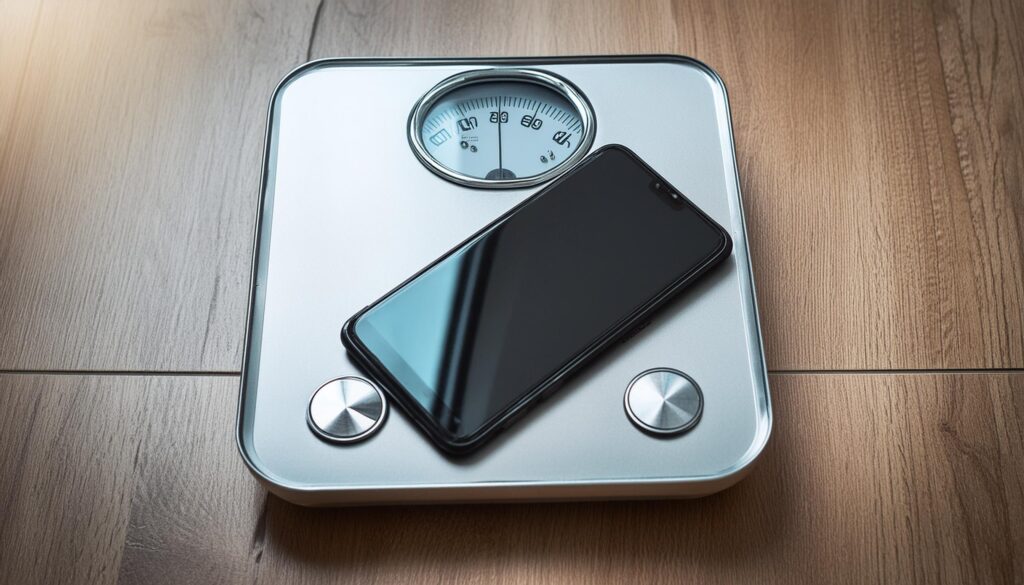
In today’s digital age, smartphones are an essential part of our daily lives. When choosing a new phone, factors such as camera quality, battery life, and processing power often take center stage. However, the physical aspects of a phone, namely its weight and dimensions, play a crucial role in user experience and portability. This article delves into the importance of phone body weight, how dimensions are calculated, and why these factors matter in your choice of a smartphone.
The Importance of Phone Body Weight
The weight of a phone can significantly impact its usability and comfort. A heavier phone might feel more premium and durable, while a lighter phone can be easier to carry and handle for extended periods. Here are some key points to consider:
- User Comfort: A lighter phone is often more comfortable to use one-handed, reducing the strain on your wrist and fingers. This is particularly important for users who frequently use their phones for texting, browsing, or gaming.
- Portability: Light-weight phones are easier to carry in pockets or small bags. For people constantly on the move, a lighter phone can be a more convenient companion.
- Build Quality Perception: Heavier phones can give the impression of higher build quality and robustness. This perception is often due to the use of premium materials like metal and glass, which add to the phone’s overall weight.
- Battery Size: Often, heavier phones contain larger batteries, providing longer usage times. This trade-off is crucial for users who prioritize battery life over weight.
How Phone Dimensions Are Calculated
Phone dimensions, typically measured in millimeters (mm), consist of three primary measurements: height, width, and thickness (or depth). These measurements define the physical size of the phone and can influence its usability and aesthetics.
- Height and Width: These dimensions are the length and breadth of the phone. They determine how large the phone will feel in your hand and how it fits into pockets or holders. A larger height and width usually accommodate a bigger screen, which is beneficial for media consumption and productivity tasks.
- Thickness (Depth): The thickness of a phone affects its bulkiness. A thinner phone is generally sleeker and more stylish, fitting more comfortably in hand and pocket. However, thinner phones might sacrifice battery size and other features to achieve their slim profile.
- Screen-to-Body Ratio: This ratio compares the size of the screen to the size of the phone’s body. Higher screen-to-body ratios indicate that the phone has slimmer bezels, offering more screen real estate without significantly increasing the phone’s overall size.
Factors Influencing Weight and Dimensions
Several factors influence the weight and dimensions of a phone:
- Materials: The choice of materials significantly affects both weight and dimensions. Metal and glass are heavier and often used in premium devices, while plastic is lighter and more common in budget phones.
- Battery Size: Larger batteries add to the weight and thickness of the phone. Manufacturers often balance battery life with the phone’s overall weight and size to meet different user preferences.
- Internal Components: The arrangement and size of internal components such as processors, cameras, and sensors also impact the phone’s dimensions and weight. Advanced features and higher-quality components can increase both.
- Design Philosophy: Manufacturers have different design philosophies that affect the dimensions and weight of their phones. Some prioritize sleek, lightweight designs, while others focus on durability and feature-rich builds.
Conclusion
When choosing a smartphone, considering its body weight and dimensions is essential for ensuring it meets your needs and preferences. A balance between weight, size, and functionality can enhance your overall user experience. Whether you prefer a lightweight, portable device or a more substantial, feature-packed phone, understanding these aspects will help you make an informed decision.
For more detailed insights and comparisons of the latest smartphones, visit our comprehensive Phone Specifications page at GSMArena. Here, you’ll find all the information you need to choose the perfect phone that fits your lifestyle.